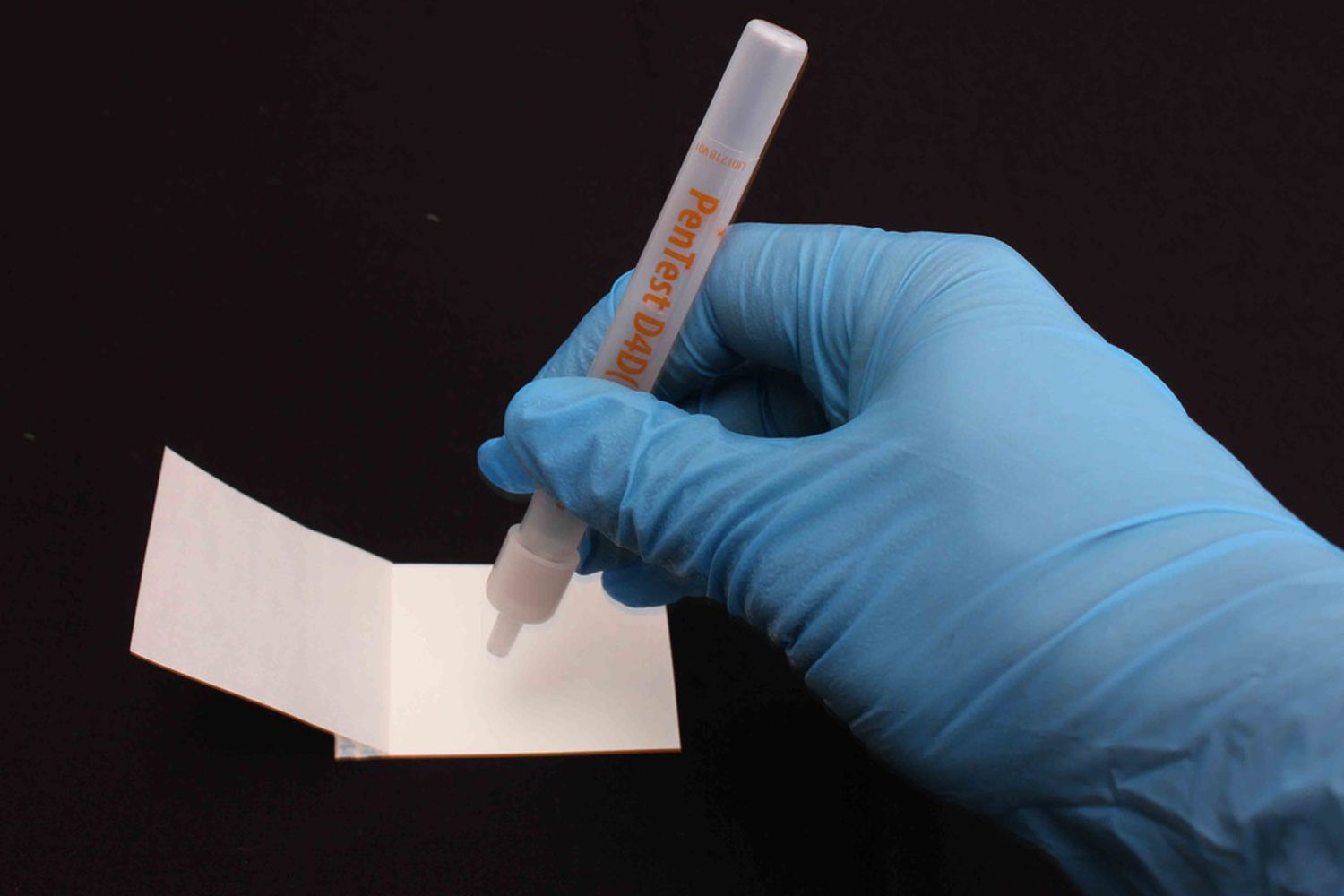 According to this news story, published yesterday, the Victoria State Government have forked out over $400,000 of tax-payers money over the past three years on testing and cleaning public housing properties contaminated by methamphetamine use.
According to this news story, published yesterday, the Victoria State Government have forked out over $400,000 of tax-payers money over the past three years on testing and cleaning public housing properties contaminated by methamphetamine use.
However, this sum was spent on only 6 properties meaning an average of over $65,000 per property.
If the Housing NZ example is anything to go by, this amount is only just the tip of the iceberg compared to what it will cost in the future. Housing NZ have seen their meth-related testing and clean-up costs skyrocket from $2.9m in 2015 to over $21m in the past 12 months. There is no reason to believe that state governments in Australia will not be facing similar bills in the near future.
The costs of re-mediating a meth contaminated property begins with initial, lab verified testing to confirm that the substance detected is meth and what level of contamination is present. This will determine what degree of clean-up will be required, from a wash-down of contaminated areas and replacement of items such as carpets and curtains, to replacement of white-goods, flushing of drains, removal and replacement of wall linings and ceilings, and removal of biohazard material contaminated by the highly toxic chemicals used in meth manufacture. Finally, re-testing is required once the clean-up is complete to ensure that the property is safe for human habitation.
The average cost of $65,000 that the Victorian government have spent per clean-up is not unusual and would be fairly typical for a medium level of contamination as a result of occupants having been heavy users of the drug. Clean-up costs for properties contaminated by the manufacture of meth can be significantly higher, up to demolishing the building.
There are cases where people unknowingly living in a home contaminated by former, meth using occupants, have become ill as a result of the residue left behind and when tested, have blood-level traces of meth that are usually found in medium-range drug users.
Public health scientist and methamphetamine contamination researcher Dr Jackie Wright has found there may be no visible trace of methamphetamine chemicals in a house, but health symptoms can include disrupted sleep with very vivid dreams, anxiety, respiratory problems, an asthma-like wheeze, rashes, behavioural changes in children.
In one case, a six year old, having been living in an ex-meth lab, was tested positive for levels that would normally be found in adult drug users. In many cases, the new owners or tenants of these properties had no idea that they were living in such a highly toxic environment as there were no obvious signs of the dwelling’s previous history.
According to the latest Australian Crime Commission report, the use of methamphetamine in Australia is growing as the drug becomes cheaper to buy and easier to source. The number of large meth labs busted by police in the past 12 months has dropped as imported meth becomes cheaper but the number of DIY, personal labs discovered has increased.
This means that more and more users are ‘cooking their own’, often in homes that are rented from every-day property owners and landlords. In effect, these tenants are not only destroying the owner’s investment, but are quite possibly going to leave them with thousands of dollars worth of testing and clean-up costs to ensure that the dwelling is habitable again. And then there is the very real potential for fire or explosion caused by cooking the highly volatile chemicals used in meth manufacture, to be concerned about.
To avoid becoming an innocent victim of the growing meth scourge, property owners and landlords need to introduce testing of their properties as a deterrent against tenants using or cooking meth within the home.
Firstly, the property needs to be certified ‘clean’ with lab verified testing, preferably conducted by a professional test company.
Secondly, a clause should be added to all future tenancy agreements stating that the property has been tested clean prior to letting, and that it will be routinely tested during and at the end of the tenancy. Should any meth residue be detected, the tenant will be held liable for any subsequent testing, clean-up, legal, and loss of income costs incurred as a result. To ensure that the wording is correct and is legally binding, this should be approved by a solicitor first.
Thirdly, regular surface testing during scheduled inspections should be carried out to ensure that the property remains clean during the tenancy and to act as a visible deterrent to tenants against using the drug inside the property.
Surface testing can be carried out by the landlord or property manager using the Narcotect D4D PenTest kit which is a highly sensitive, inexpensive, and simple-to-use test product that provides an indication of drug residue in less than 90 seconds.





